
Darryl Manzer
[CLICK HERE] to see 100+ photos of the removal of the Standard Oil Co. engines in 1974-75.
Dodging bikes and looking for what is gone. That is the “new” Pico and Wiley Canyon landscape. I’ve written a few times that I would love to go back up PCO Hill in Pico Canyon and look for the old jackline plant that was buried when Standard Oil was fracking the wells in Pico.
A jackline was a method of simultaneously pumping many wells from a central power plant that had cables extending out from it like a huge spider web. There was a massive engine there that I now know weighed about 18,000 pounds and produced about 35 horsepower. It ran on natural gas.
There were also other gas engines and steam engines dotting the hills, and there was even the CSO Hill jackline engine.
For years, I’ve made comments about how great it would be to dig those up and maybe get some of them running.

Old engine collectors remove the PCO jackline plant in 1974-75. Unfortunately they couldn’t restore it, and they tossed it. Click photos for more.
Well … It turns out, that was done by others in 1974 and 1975. Except for the engine sitting at Johnson Park, up the road from Mentryville, all of the old engines were removed and shipped out to be restored by various collectors and museums.
Here in the SCV, much of our history has been sold off and moved out, or covered up, or simply buried under the new roads and highways.
If you want to see artifacts from the first residents of this valley, the Tataviam, you have to go to the Peabody Museum in Massachusetts or to Australia.
Some of the engines from the Pico and Wiley oil fields are in Vista, Calif., and that big, 35-horsepower jackline plant engine is in Cool Springs, Penn. At least it is running again. How cool is that?
So much is missing from our history. There is the big tank from the Pioneer Oil Refinery that went to the Standard Oil Museum in Richmond, never to return. Still looking for that. The museum closed long ago.

Engines are piled up in a storage yard in 1974-75 after being removed from Pico and Wiley canyons.
You won’t find anything about me riding a bike in Pico like the modern folks do. I hung the bike in the garage and went on horseback. The bike riders in Pico today – and on many trails in the area – are not gentlemen (or ladies). They don’t ride as a group, often leaving others behind. They speed around blind corners and ride on trails meant for foot- or hoof traffic only. Common courtesy seems to be lacking in many. Not all, but many. If you really want to go that fast, use a freeway, please.
The adobe walls of various San Fernando Mission buildings that were in Castaic and at Castaic Junction. Most are under Interstate 5.
The original school colors of Hart High are also missing. Maroon and gray have been gone since 1969. One of our coaches was a Nebraska grad and liked red and white. The black was added as trim. It just means the old school fight song has words that are strange.
And under Castaic Lake, there are locations of Tataviam villages. We will never know what was really there. Lost just like that little pink clay hill that was at the end of Church Street in Castaic. Leveled and now full of homes. Lost, like so many other places.
We’ve lost street names. Did you know Spruce Street used to run all the way south to the junction with Newhall Avenue? We call the south end “Main Street” in Old Town Newhall. I prefer to call it “Downtown Newhall,” since I’m not sure where “New Town Newhall” is located.
For those who complain we’ve lost the street name, “San Fernando Road,” don’t feel too bad. We didn’t ask for it when the county changed all of the signs in the dark of night in the 1950s, and I really don’t like any mention of that lesser valley to the south of us.
Many street names are somewhat strange. “Ave. Stanford” and such in the industrial area, for example. Is that a form of Spanglish? What is wrong with “Tibbitts Avenue” or “Stanford Avenue?” I find it offensive to both languages most often used here in the SCV. Use Spanish or English. Please try not to look as stupid as it really appears to be.
Newhall Refinery used to be located between Highway 14 and Sierra Highway just north of Beale’s Cut. The good news is that the refinery is gone. The better news is that the name is now used for the new brew-pub in Downtown (Old Town) Newhall. Now Simon and Shannon can get all of my money from my meals out. Breakfast and lunch at Egg Plantation and dinner at the Newhall Refinery.
Sometimes things are lost but found. This is a good find, I’m sure.

The clutch from the CSO jackline plant’s engine was used in a restoration project at a museum in Vista, Calif. The rest of the engine is believed to have been scrapped.
There are a few things, and names, I would love to see lost. Top of the list is “Awesometown.” “Stevenson Ranch” is another. “Stevenson Housing Tract” would be proper and better. All of those homes and stores destroyed some pretty good ranching property.
When those old engines were removed, we somehow gained one that wasn’t part of the original deal. It sits near the old school in Pico. It wasn’t used in the fields there at all, but was part of a power plant in downtown Los Angeles. How strange is that?
I just wish the folks who knew would have told me about the pieces of history being removed. I feel the fool for writing that so many times. Oh, well.
They had been hauled up into those hills with horse and mule power. But that is another story.
Darryl Manzer grew up in the Pico Canyon oil town of Mentryville in the 1960s and attended Hart High School. After a career in the U.S. Navy he returned to live in the Santa Clarita Valley. He can be reached at dmanzer@scvhistory.com and his commentaries, published on Sundays, are archived at DManzer.com. Watch his walking tour of Mentryville [here].
Like this:
Like Loading...
Related
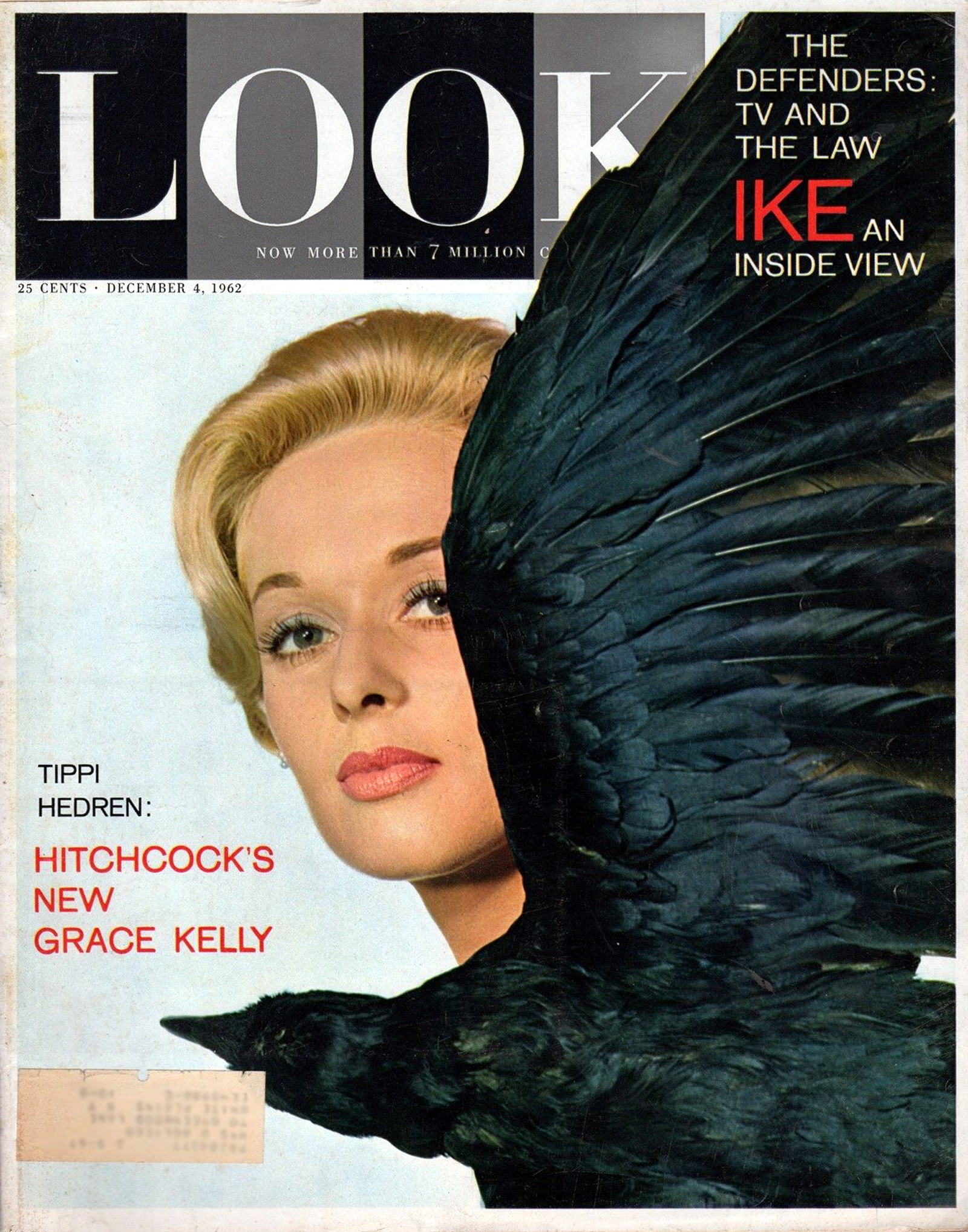


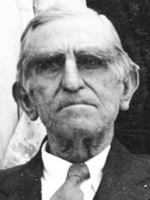



 Tweet This
Tweet This Facebook
Facebook Digg This
Digg This Bookmark
Bookmark Stumble
Stumble RSS
RSS



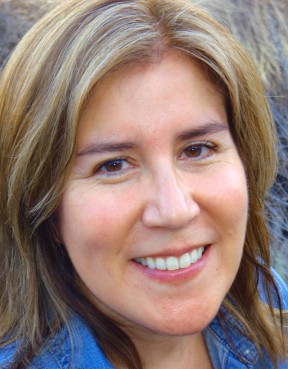
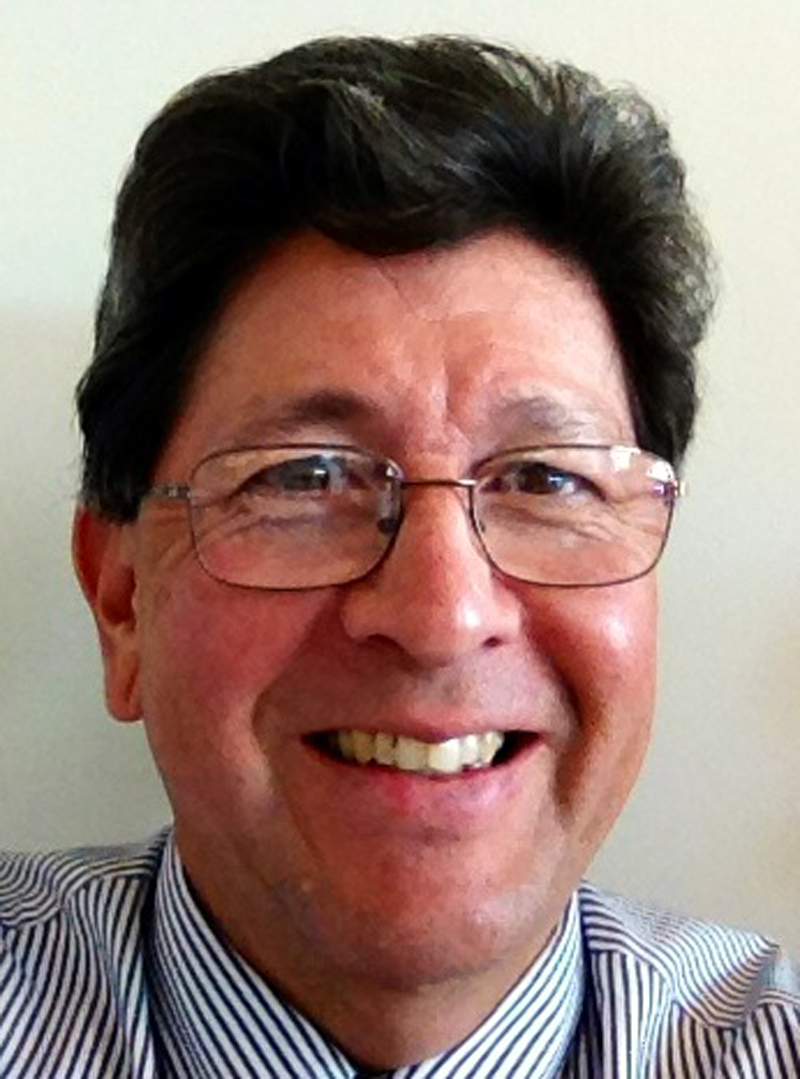
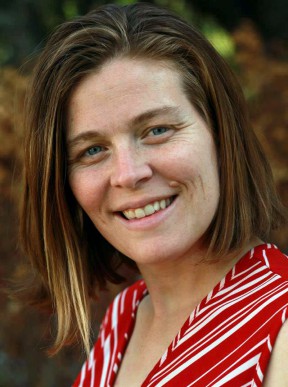
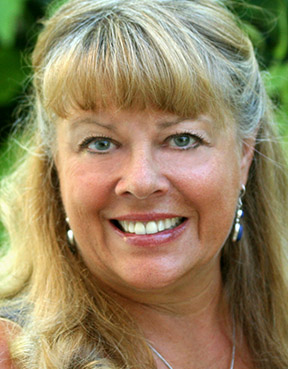

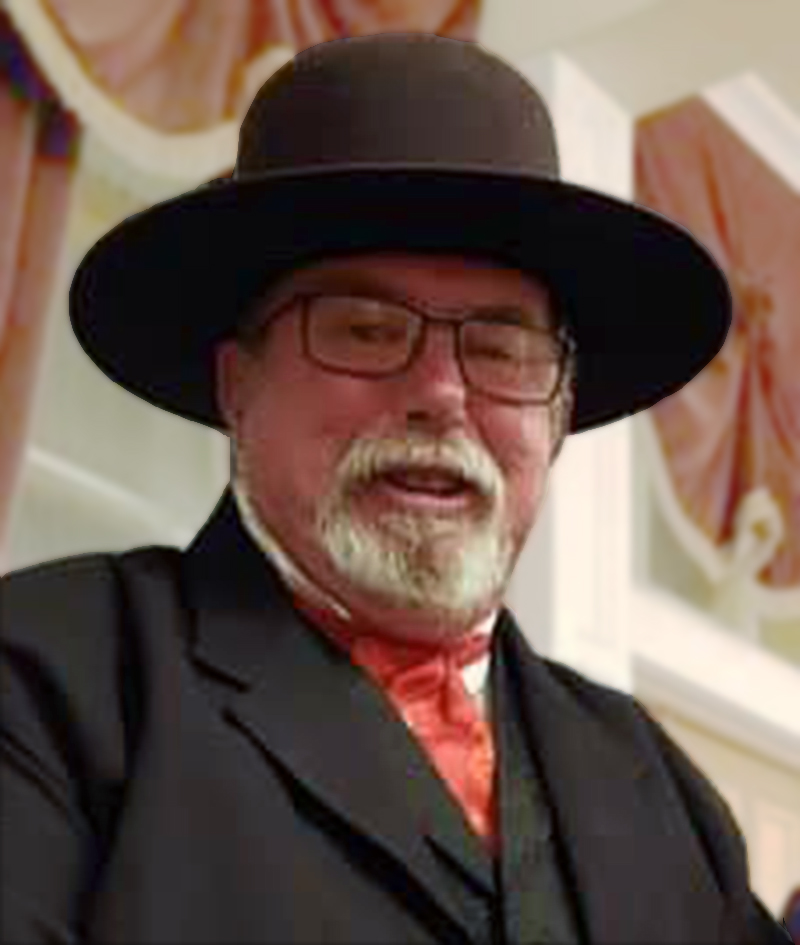
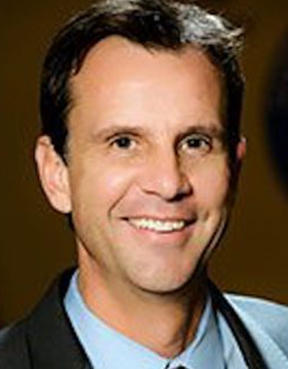

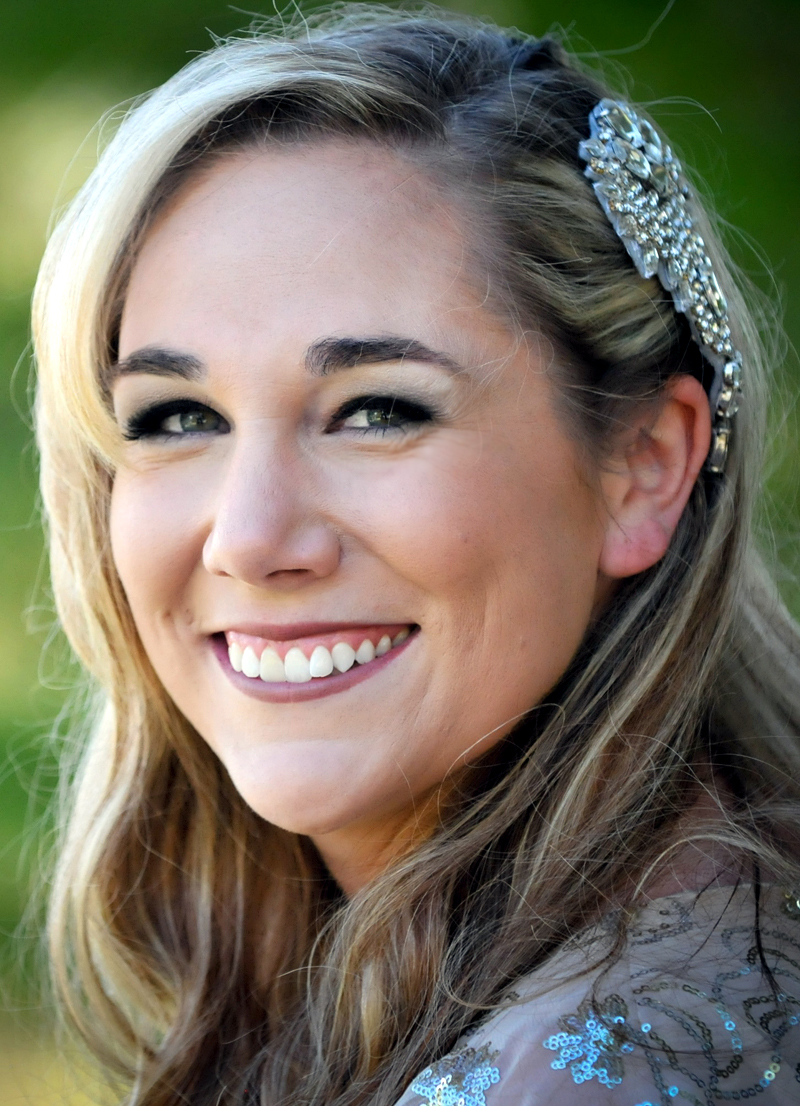
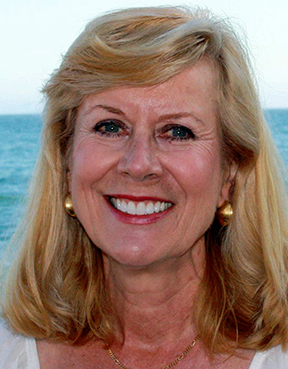






























REAL NAMES ONLY: All posters must use their real individual or business name. This applies equally to Twitter account holders who use a nickname.
3 Comments
Actually, Hart High colors were officially changed by the upcoming Junior and Senior classes during June of 1966, not ’69. I was one of the ones who voted to change the colors. It was very painful to break tradition and the color change didn’t come without a lot of thought and soul searching. The idea came from the ASB, not any of the coaches. We could no longer find decorations that were in the colors of maroon or grey…nothing was available so our school colors were already compromised at dances and paper products for other uses. The gym and athletic uniforms in those colors would fade after several washings to various shades of brick red and grape and the grey to dishwater off-white. Our teams didn’t make a pretty picture on the fields by the end of the seasons. Clothing in those colors didn’t exist anymore so we couldn’t wear school colors to show our school pride. When it became evident that the change had to be made, first to red, white and black and later to red and black with white, it came with a full vote of the student body of the classes of ’67 and ’68. Yeah, the Mr. Cecil Sim’s penned Fight Song didn’t rhyme quite as well for a few lines like it used to, but we managed and made it work and it never changed the spirit of the school or the pride in our high school. The sports teams looked sharper and so did the dances. We Indians still know the traditional school colors were maroon and grey and that remains part of Hart High’s history, but we were, and are, just as proud of the sharp colors of red, black and white that we had to adopt. That was a change that became absolutely necessary, unlike many of the changes to the town that were made that were mentioned in Darryl’s article. BTW, we still call Newhall, “Downtown Newhall” just like we always have. Old Town Newhall just doesn’t sound right to our family either. It sounds wrong for the area.
Leon here ………… We always called it “Old Newhall” in the ’70s and ’80s, never “Downtown Newhall” or “Old Town Newhall.” …….. On a related note, if memory serves, Richard Rioux (Mr. Stevenson Ranch!) and I came up with the idea of renaming it “Old Town Newhall,” and we used our Old Town Newhall Gazette to make it stick. Some subsequently wanted to call it Olde Towne Newhalle or whatever, but we consistently resisted adding e’s.
The historic thing I find most sadly gone is space. The hills and fields, which changed color with the seasons, have all been covered with cookie-cutter housing tracts and stripmalls. I know there’s no escaping progress, but the pictures I’ve seen of my childhood home in Saugus depress me.